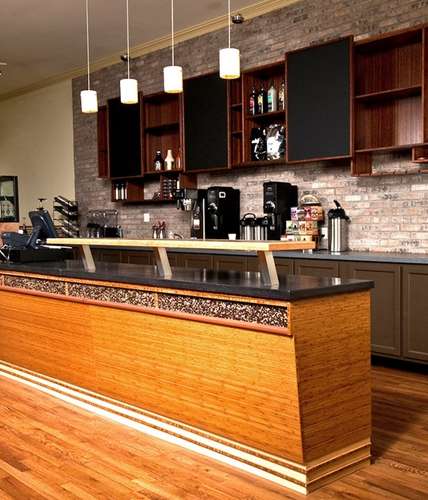Tips for decorating with neutral colors

Whether you’re looking to renovate your home, office space, salon, restaurant or gym, color is an important factor to consider. A neutral color palette filled with whites, creams, tans, beiges, etc., can provide as powerful an effect as a bright and vibrant combination of hues. In fact, many celebrities have opted for a muted color scheme in their homes, including Julianne Moore, Ellen Pompeo and Keri Russell. But before you start integrating neutral hues into your space, consider these tips:
Include patterns
Because a neutral space doesn’t have much color, the room could benefit from a bold pattern. Patterns like stripes, chevron, polka dots and flowers all provide some personality. Integrate these patterns using throw blankets, curtains, lamp shades, pillows or rugs. “Grey’s Anatomy” star Ellen Pompeo incorporates a dramatic black-and-white pattern using an upholstered screen in her living room, maintaining the neutral motif while still adding a pop of character.
Use small splashes of color
With a neutral color palette, you can make room for contrasting hues. For example, the living room of Nate Berkus is made up of blacks, whites and shades of brown. But he includes accents of bright green using chair cushions. The green doesn’t take over the neutral design, it enhances it. Bold colors should be limited to accessories only, however, not bigger pieces like couches.
He also integrated rich brown color through the inclusion of bamboo chairs. Bamboo is a perfect material to use with this design style because it’s offered in a variety of hues, from rich, dark brown to a light off-white color. Decorate with bamboo flooring, panels or lumber to keep a consistent motif throughout the space.
Pick a theme
What motif would you like your space to exude? A modern living room may call for a different color than a traditional design style. For example, if you’re after a classic look, you may want to lean toward lighter tones, which can produce a spacious and airy feel. A contemporary space, however, may be better off with darker hues, like rich caramel, amber or brown. Knowing the theme of your home or office can help you narrow down neutral colors.
Blend colors
Instead of sticking with one neutral, like beige or white, blend together a variety of hues. Choose two to three colors, along with one accent shade that can be integrated using accessories. This way, you won’t be putting together too many contrasting hues, but you have enough color to create a visually appealing space.
